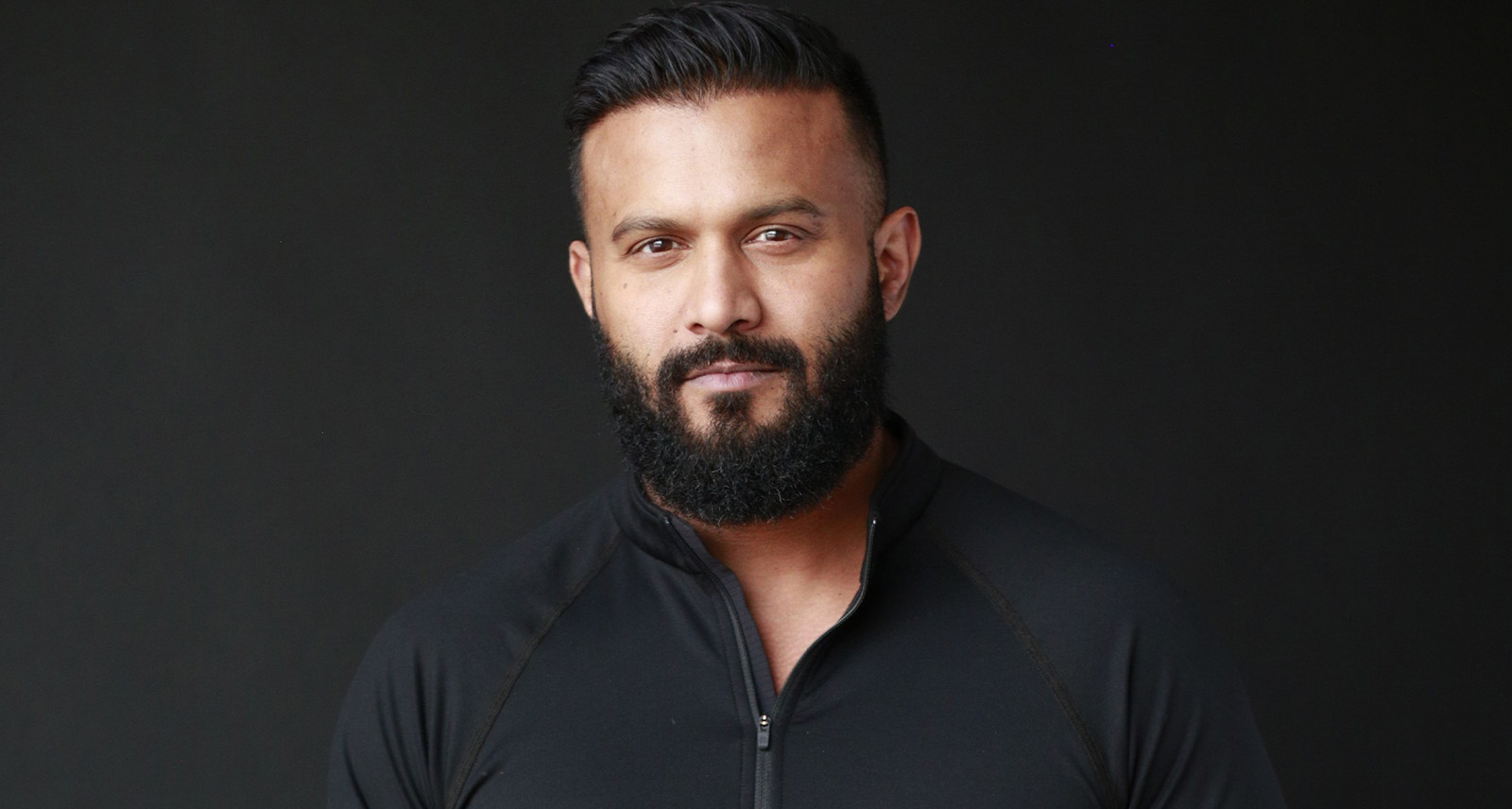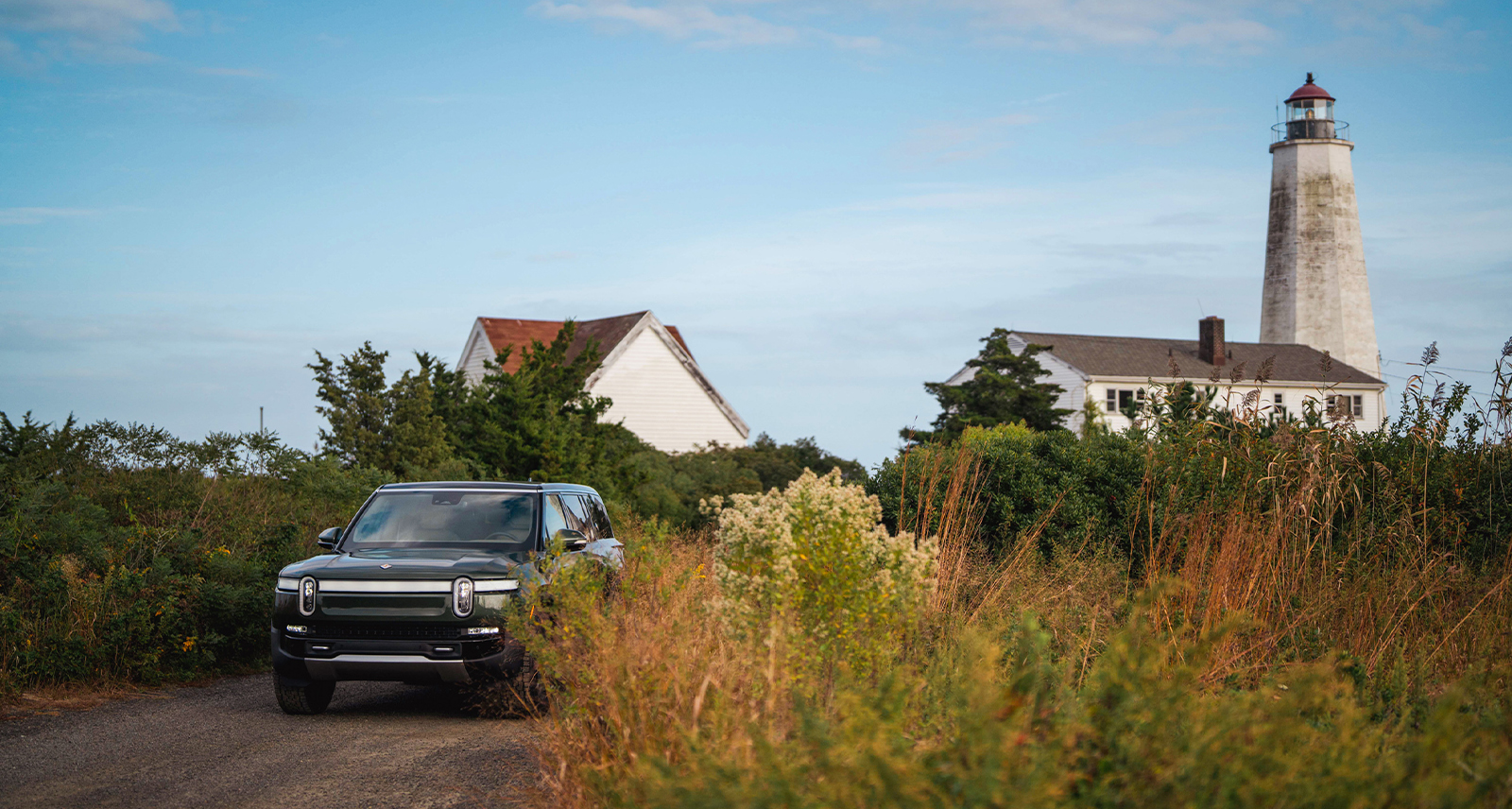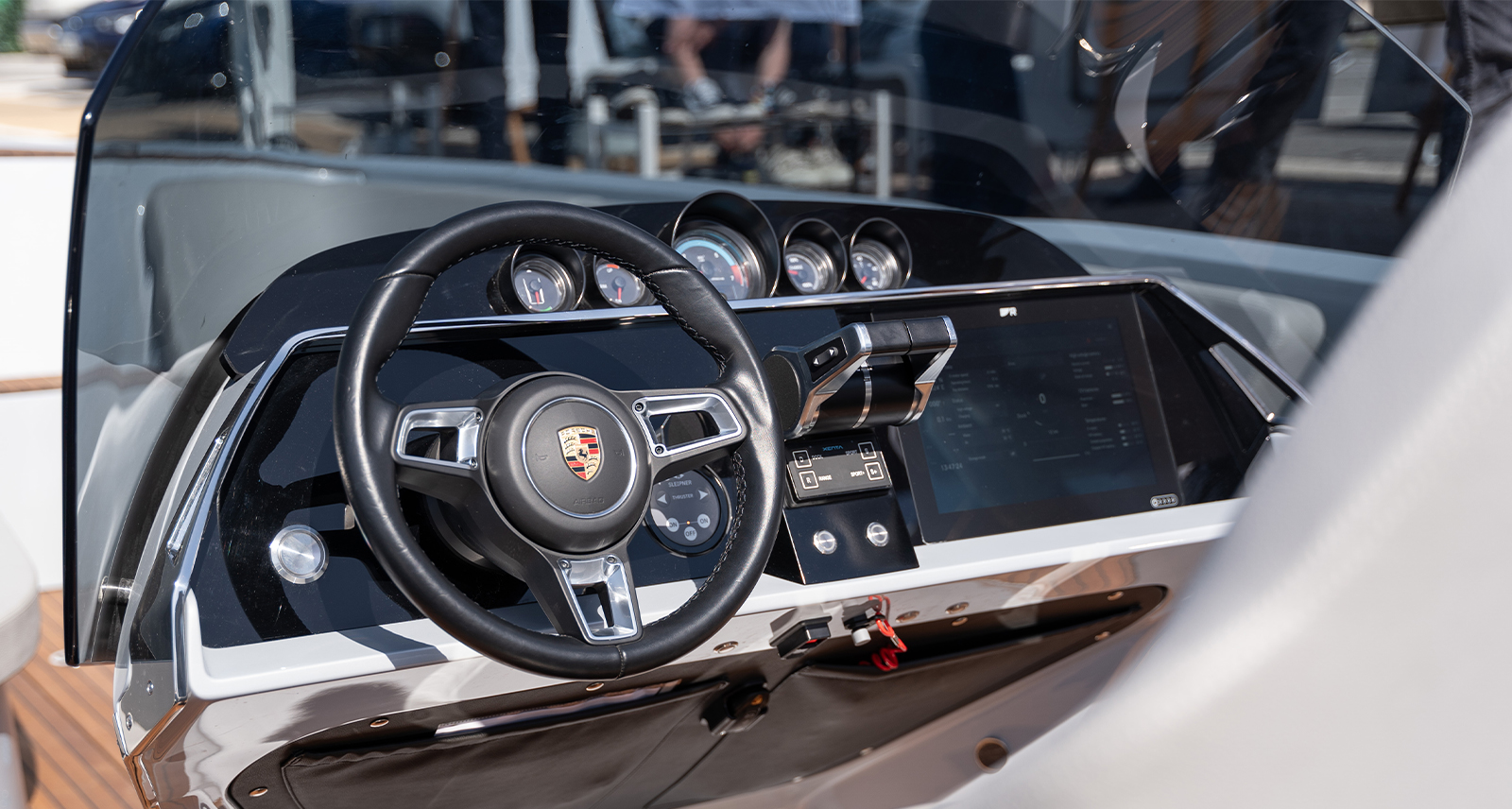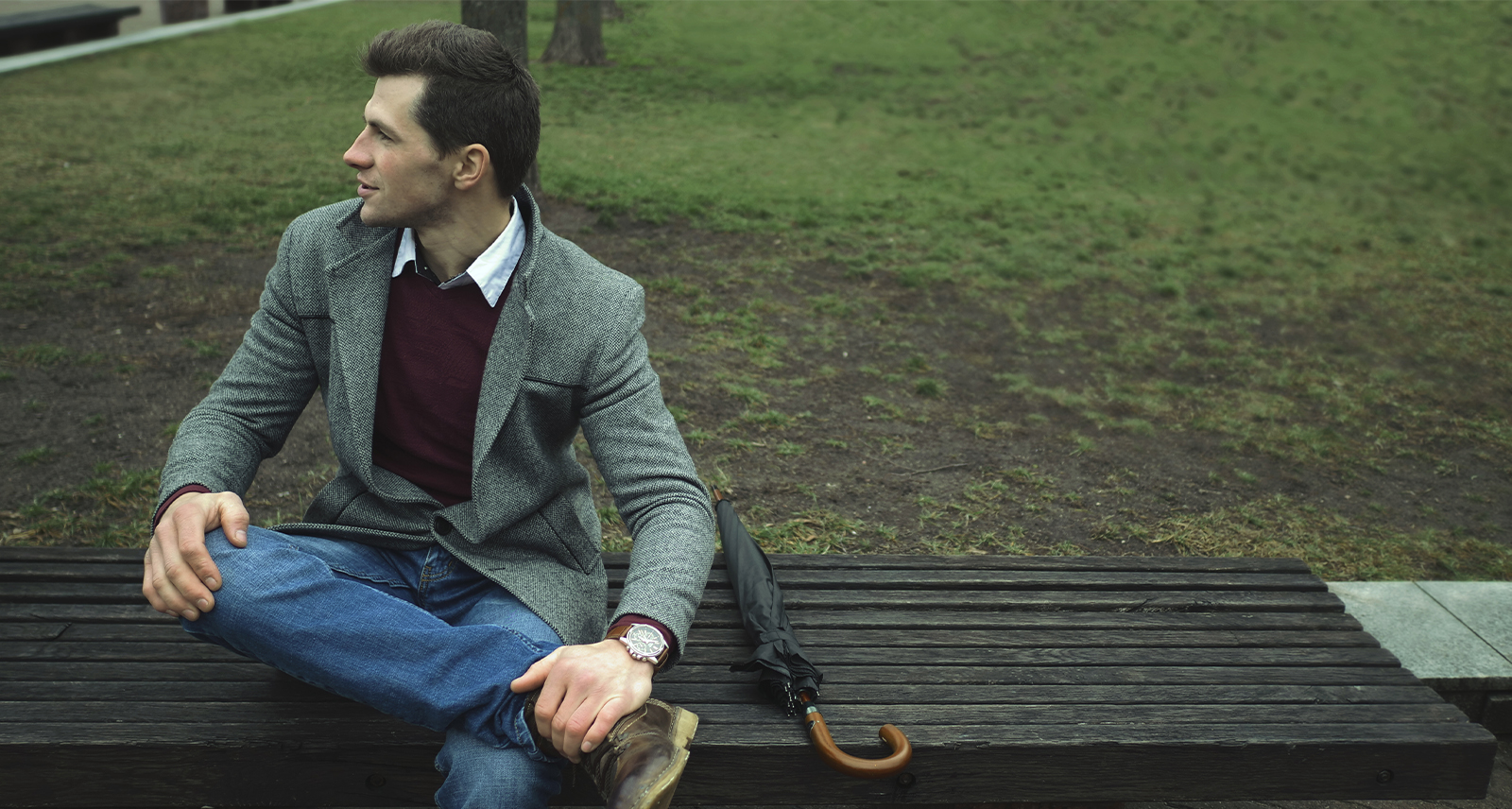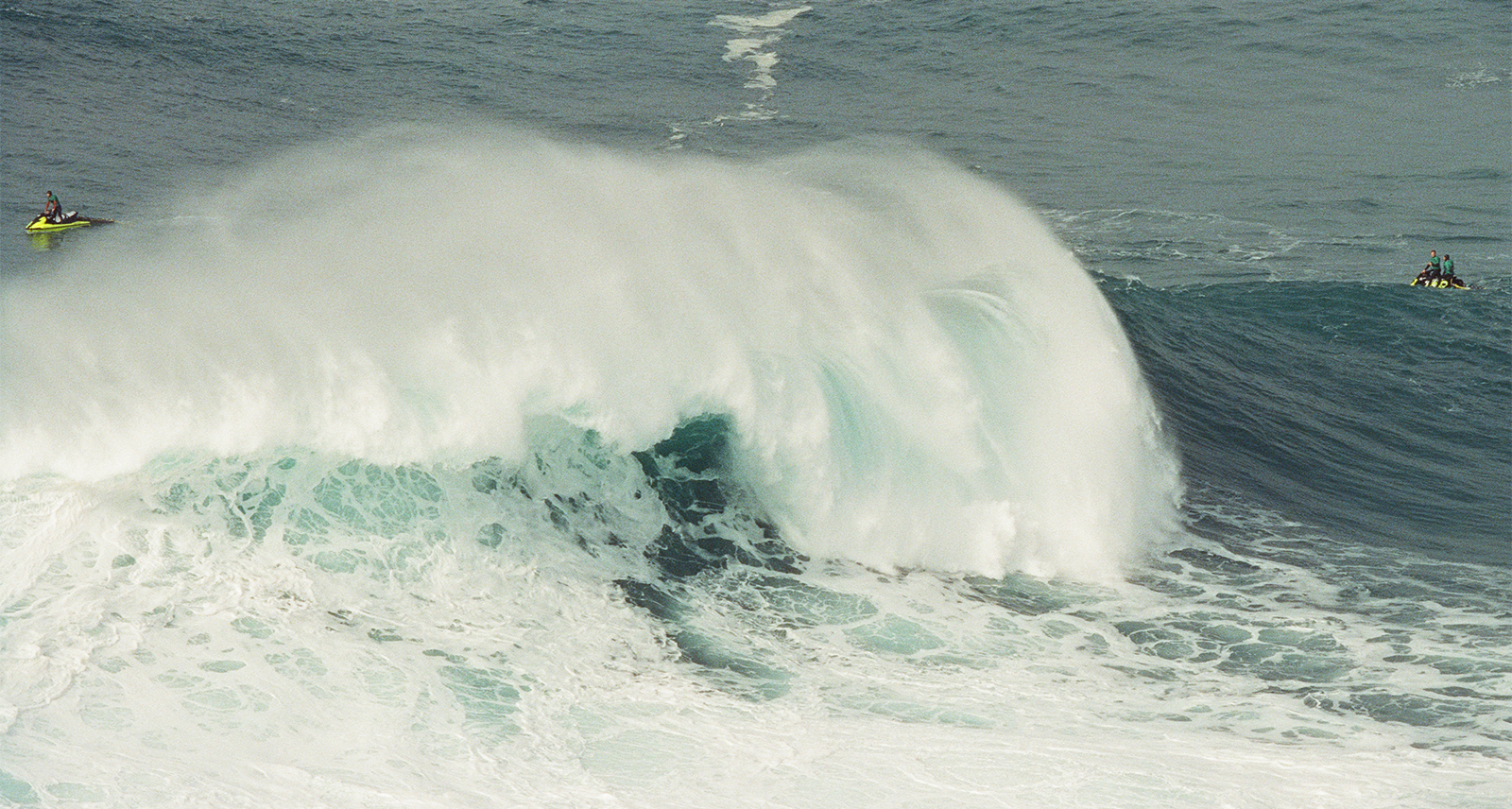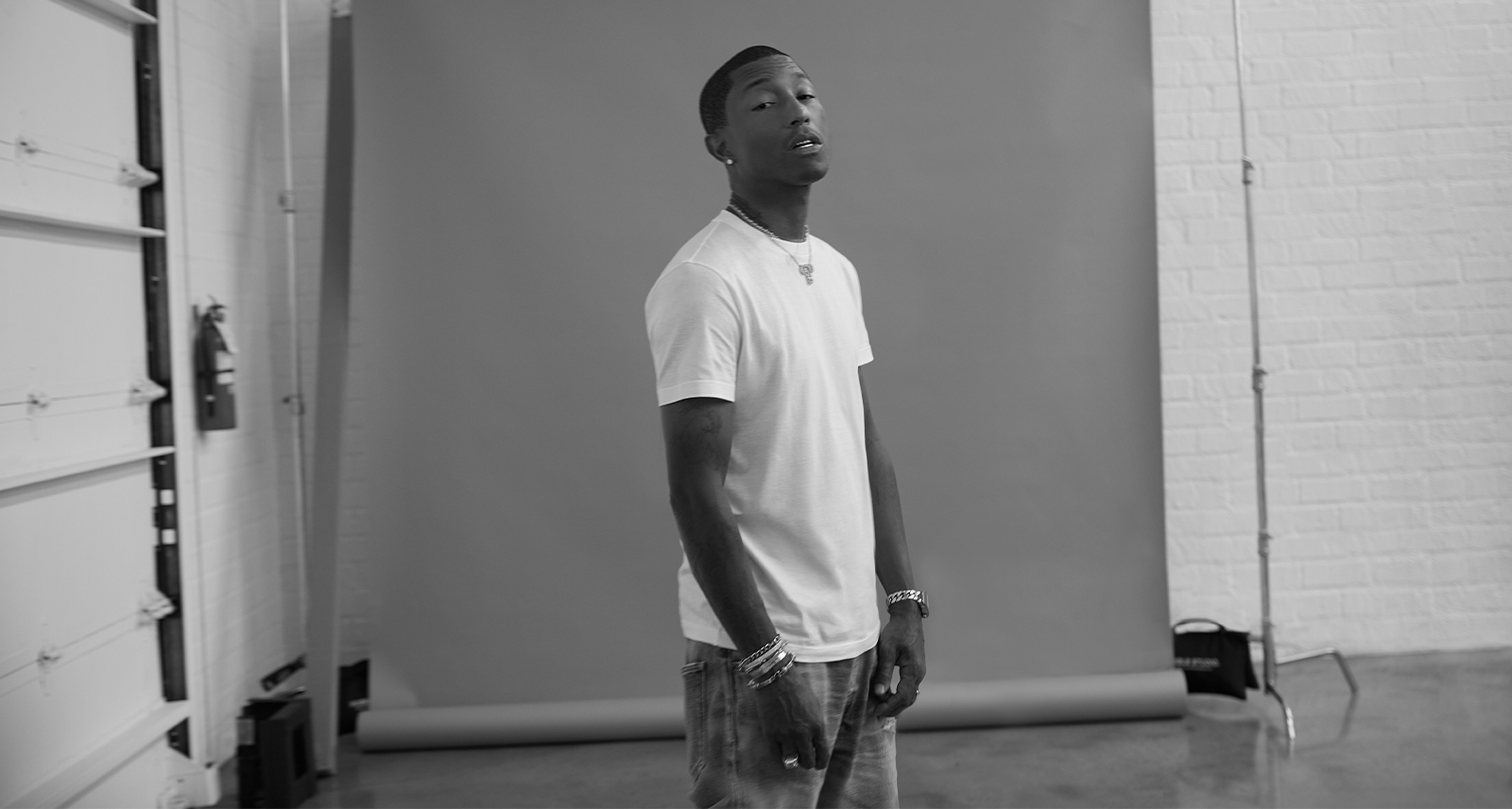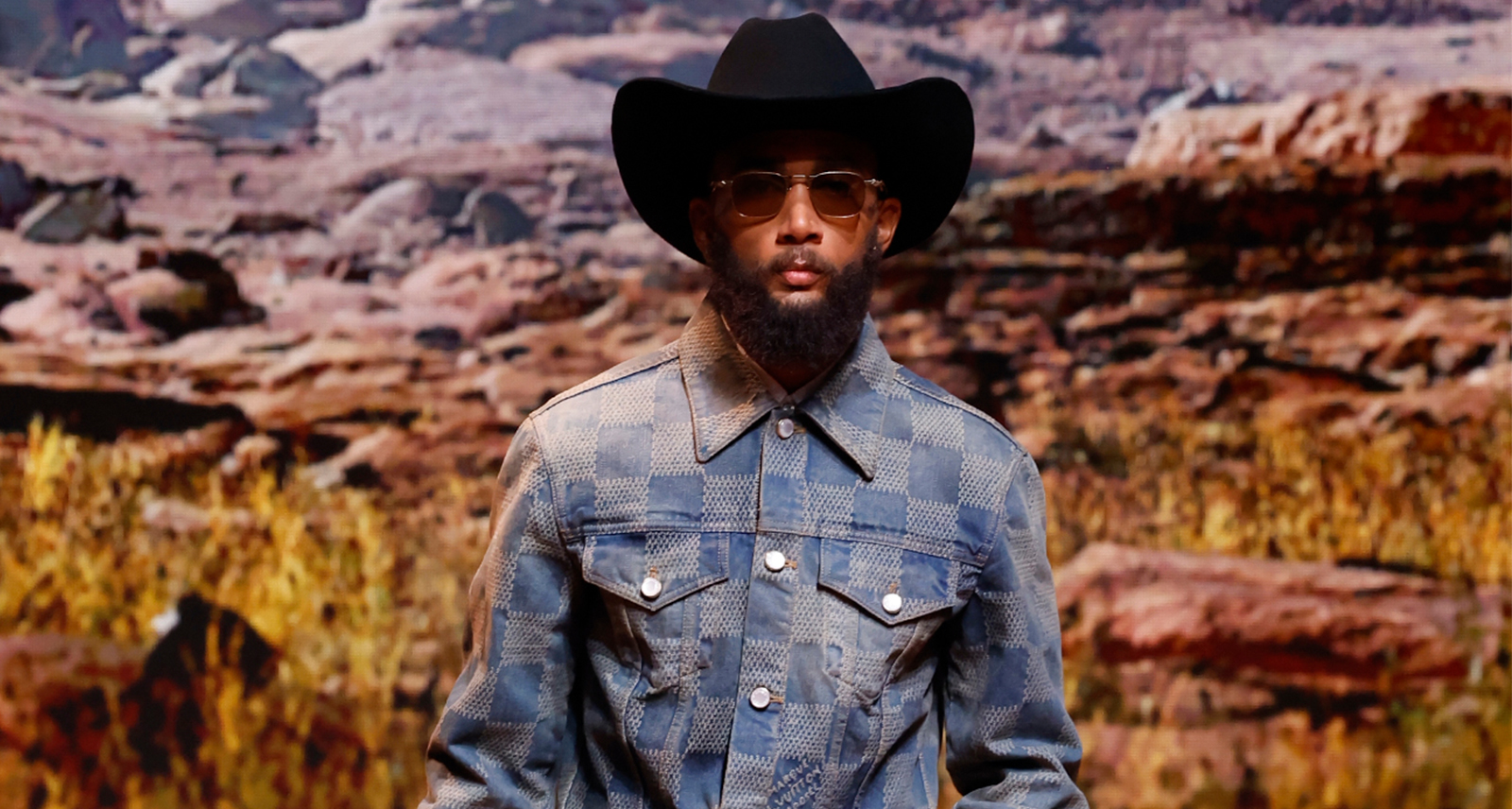Lightspeed and Age of Union Founder Dax Dasilva Is Changing the Game
With the runaway success of his e-commerce startup Lightspeed, founded in 2005 in Montreal, software developer and entrepreneur Dax Dasilva already confirmed his status as a legendary Canadian founder. But lately Dasilva is proving that his success with Lightspeed was anything but a one-time thing. Having now receded from the top of the company to take his place as executive chair rather than CEO, he’s using his ample time and resources to fuel a revolutionary new initiative: Age of Union, his environmental conservation organization. SHARP spoke with Dasilva to discuss his background as a programmer, how he learned to become a leader on the job, and why giving back means more than just writing a cheque.
What was the genesis of Lightspeed?
I started coding on the Mac when I was 13. I built software all through my teens and twenties, and I built software specifically for retailers in Vancouver and then in Montreal. When Apple was starting to have a comeback under Steve Jobs, I realized there was a missing platform for retail on the Mac. People wanted to use iMacs and iPads in their stores. So I started Lightspeed in 2005, and became the top retail platform on the Mac. We now do software for hospitality, software for golf, and software for all platforms. We serve those local community brands that are on scale in retail and hospitality. We really believe that small businesses should have the same technology as the big guys.
“I wanted to create an environment where everyone can do the best work of their lives. It’s not just about value for the company, but fulfillment for themselves.”
Dax Dasilva
When did you begin to sense that the company would be successful?
It started in 2005, and in 2006, there was maybe half a dozen of us. At the time — this was before Apple Stores — there were a lot of Apple dealerships, and they all started to adopt the software. We offered a training program in Montreal for people to be able to sell it in their neighborhoods, and we had more than 40 of these resellers come from all over the world, as far as Australia and Ireland and all over the United States. Fast forward seven years, when we got our first investment, that became 400 people around the world. That first 40 gave me the sense that it was going to be a huge hit.
What were some of the challenges you faced as a leader in those early days, and what do you wish you had known at the time?
Early on, the first two years, I was really a software developer. As it started to really take off, people wanted me to give them a grander vision. Very quickly I had to develop myself as a leader, and I don’t think anyone teaches you that — especially as an introvert who is obsessed with crafting software. What I found from that point on is that every year I had to reevaluate my role as a leader, and often give up the things about the job that I loved by delegating them elsewhere. That’s the lesson: it’s new and scary, and you often don’t know what you’re doing.
“I joined protests as a teenager against [clear-cutting] — I found the environmental activist within me. I knew that my career would be in technology, but I also knew that one day when I had the resources I would come back to conservation. That moment has finally come.”
Dax Dasilva
What leaders did you look to for inspiration?
In the early days, of course I looked to Steve Jobs — the way that he brought together design and making the complex simple, which is what we were doing. I loved the Mac and the iPhone, so those principles were there. I wanted to create an environment where everyone can do the best work of their lives. It’s not just about value for the company, but fulfillment for themselves.
Let’s talk about Age of Union. What motivated you to get into that space?
When I was a teen, I was very connected to the environment. I grew up in British Columbia, and I spent a lot of time outdoors. I was horrified in my teens to discover that the old-growth forests around Vancouver were being clear-cut. I joined protests as a teenager against it — I found the environmental activist within me. I knew that my career would be in technology, but I also knew that one day when I had the resources I would come back to conservation. That moment has finally come. I have the time to build this environmental organization that has a lot of startup DNA. I took $40 million and put it across ten projects around the world. Individual changemakers on the ground across grassroots projects can effect change on our planet — things can be done.
“It’s so important for us to go beyond just writing a cheque — to really get involved actively. We can bring value to these organizations for us to understand conservation and to learn what actually works.”
Dax Dasilva
A lot of your messaging is around conservation and restoration, but the organization doesn’t often mention climate change specifically. Was that deliberate?
I think what we’re going to be doing, and what I’ve been doing in a lot of my speeches, is that conservation is the frontline fight against climate change. The fight against climate change is so hard for people to get their head around. Isn’t it too big for anyone to do anything about? It’s easy to feel helpless. It will take time for us to figure out wholesale change, but what we can do today and what we can show people today are nature-based solutions. Those solutions will buy us the time we need to fight climate change, and to protect the biodiversity that’s so at risk. But I think you’re right: climate change should be more upfront.
How do these structured initiatives differ from philanthropy?
Out of the ten projects, I have visited eight of them on the ground, to see what it takes for a changemaker to actually save a place or a species. It’s so important for us to go beyond just writing a cheque — to really get involved actively. We can bring value to these organizations for us to understand conservation and to learn what actually works.
